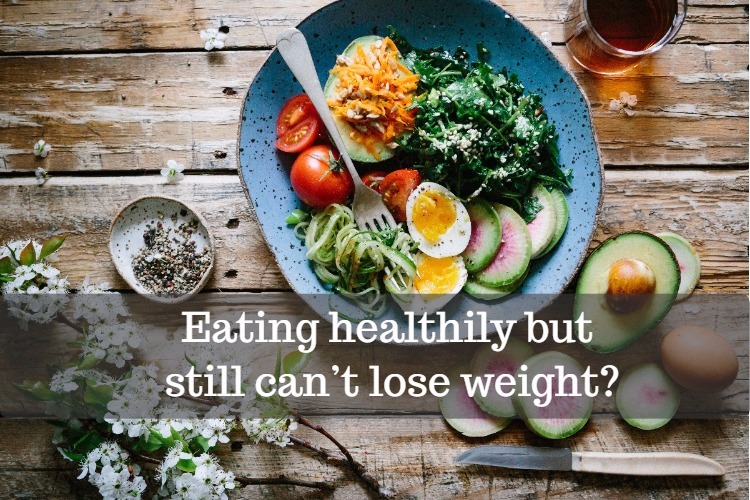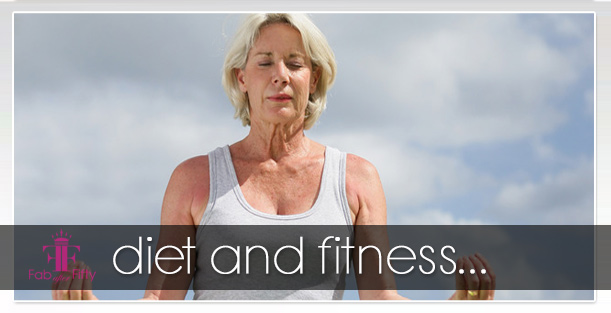Article by Dr Khandee Ahnaimugan
If you think you’ve got a healthy diet but still want to lose weight in your 50s, the first thing I’d focus on is portion sizes.

Most people can’t believe that they can really reduce portion sizes without feeling hungry.
They are often shocked to find, over the course of a weight loss programme, how much less they are eating at the end of it. It’s often 1/3 less, sometimes 1/2 less, and in some cases even less.
How can this be?
It’s because you’ve got stuck in certain habits of eating, and don’t realise what you’re doing. It becomes the new normal, and you think it’s how much your body needs.
So how do we go about reducing portion sizes?
Here are a few quick tips.
How to Reduce Portion Sizes
- Gradually cut back portions
Most people make the mistake of cutting portions too quickly. Like 50% at a time. That’s too fast. Go VERY slow. Cut back 5% at a time, and see how it goes.
- Start with snacks
Always reduce portions of snacks first, before moving to the main meal. You don’t want to cut your meal portions first and then feel hungry in between, which may lead to more snacking.
- Use smaller plates
By using smaller plates, you limit the amount of food you can put on your plate, and even if you put the same amount, it feels like more.
It’s a handy optical illusion you can use to your favour.
- Slow down your eating
Chewing more isn’t the only way to eat slower.
Other things you can do include taking sips of water, using smaller cutlery or just trying to be the last at the table to finish.
When you eat slowly, you allow time for the fullness signal from your stomach to reach your brain in time to stop you eating more. Slowing down not only means you eat less, but people who eat slowly report feeling more satisfied after a meal.
Change the Foods You Eat
The second thing I’d recommend is start evaluating each food for:
- How much do you really like it?
Many of the foods we eat are not really our favourites, but we eat them because they are often around us.
For example, last week a client told me that although she often had ice cream when out with her family, she didn’t actually like ice cream that much.
Why waste calories on something you don’t even really like that much?
- How long do you feel satisfied afterwards?
You may find that foods you eat during the day don’t really satisfy for you long, so you need to start looking for which ones give you the most satisfaction and energy.
- Once you start, do you struggle to stop eating them?
Some foods are difficult to stop eating and it’s best to limit their consumption to certain situations or locations where you can’t go crazy
e.g. Don’t eat corn chips at home on the sofa, from the bag. I think even a saint would struggle to stop before the packet is finished.
Healthy Does Not Equal Weight Loss
The main thing to remember here is that eating healthy foods does not necessarily mean you’ll be losing weight. Weight loss comes down to amounts. Plus even if you’re eating healthily 95% of the time, you can do a lot of damage on the remaining 5%.
So reducing portion sizes and evaluating foods that you eat are two good low-stress ways to start the ball rolling on your weight loss, even if you think you’re eating quite healthily.

















Add a comment